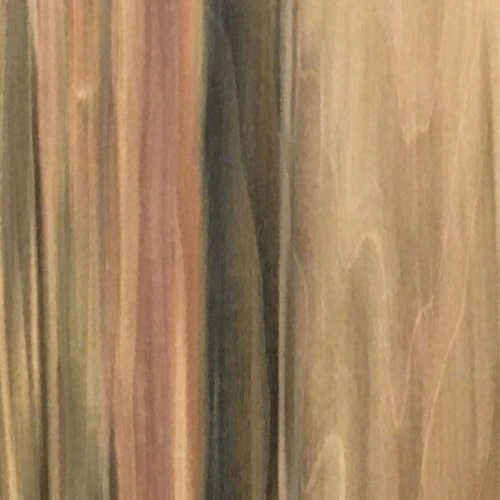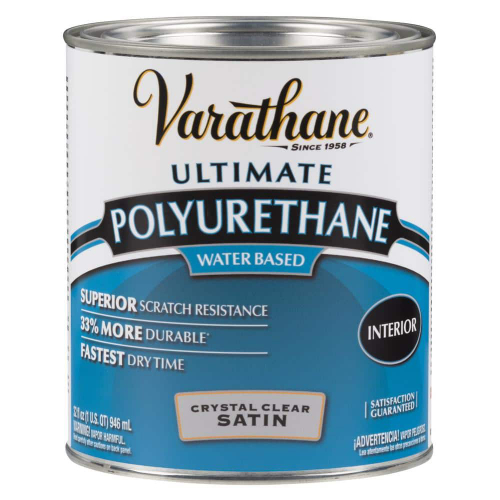Wood, Glue and Finish
October 2024
WHEN I MAKE THINGS from wood, sometimes I use pine, but generally I choose poplar, the poor person’s “hardwood.” It barely qualifies as hardwood, as its hardness is closer to good pine than oak or even maple. But it’s dimensionally stable, easy to work with and less expensive than true hardwoods like maple or oak. Strangely, it doesn’t come from an actual poplar species but rather from something called the tulip tree (Liriodendron Tulipifera).
Mostly used for painting grade construction, I like to leave the grain exposed in my projects because of the different variations of color that poplar can exhibit. Mineral staining within the tree can result in varigated grain with streaks of green, purple, black and other colors.
Poplar cuts cleanly. Sharp saw blades leave little to no tear out. It’s soft enough to sand easily by hand. I usually finish with 220 grit, or maybe 320 for extra smoothness. The things I build rarely carry much load, so I can usually dispense with mechanical fasteners and simply rely on glue joints. Tightbond II (a polyvinyl acetate adhesive) is my glue of choice. It’s not fully waterproof, but most of my work stays indoors. It’s strong when cured, but it does not dry clear, so I try to be careful about cleaning up the squeeze out from joints while it’s still soft.
I haven’t performed an exhaustive study of finishes. Decades ago, I started using Varathane matte clear polyurethane, and out of habit more than anything else, I’ve stuck with it. Originally available only as an oil-based finish, lately I’ve been using the water-based version. It’s extremely easy to work with. You can just about slop it on with a used diaper and still get good results. There is very little odor, and it dries quickly between coats. The one significant downside vs. the oil-based alternative is that it is not astoundingly resistant to moisture or oils. A wet glass sitting overnight will leave a stain as will a dollop of peanut butter if you don’t clean it up fairly quickly. However, the oil-based alternative is goopier than it was years ago, so it’s harder to work with. (I haven’t tried thinning it with mineral spirits yet.) It also darkens the wood a bit. I tend to avoid oil-based poly unless I know the project will encounter regular moisture.





